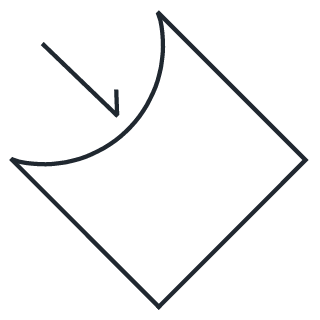Burcht Singelberg
Ketenislaan
Kallo
Belgium
- Dirk Vandekerkhove Landschapsarchitecten
Sarah Blee
Toon Grobet
Filip Van Loock
Koen Van Damme
Fortress
The Antwerp port area on the Linkeroever, the left bank of the river Scheldt, is an expansive, bare polder landscape. We see the majestic Scheldt, the massive docks, the wide-open reclaimed sand plains. How can architecture hold its own amid the brutal structures of port and industry? How does one create a hospitable or intimate space amid such elusive elements? How can one design at all without the stringent conditions of an urban context?
Why not cluster the various buildings into a conglomerate? The approach offers several advantages. It claims less precious space and relieves the burden on the landscape. The plan also enables the individual companies to share facilities, such as a restaurant, reception room, fitness centre, or garden, saving significantly on costs. These elements give the project a strong identity in the otherwise highly functional port area.
A gabion wall filled with natural stone encloses the entire structure, hiding the car park from sight. The latter’s roof forms the inner courtyard of the fortress. Buildings between four and eight storeys high, with facades of red-brown brick, ring the courtyard.
The conglomerate was envisioned as a fortress rising above the land. In their enthusiasm the client decided to further develop the concept of the ‘Burcht Singelberg’ (Singelberg fortress). The client and the architects worked closely on the development of an imaginative and appealing (although somewhat abstract) visual idiom for the fortress, complete with towers, a treasury, a chapel, and fortified walls.
Integration with art and landscape design
The base consists of a two-storey car park. The buildings are placed on top of the parking levels and tower above the landscape.
The new, elevated ground level will have a foyer, cafeteria, store, childcare centre, and chapel. Other shared facilities, like a restaurant, auditorium, and fitness centre, fill the top floor. Between the two are the offices, which the tenants can arrange as they see fit. Windows from floor to ceiling invite occupants to gaze out of the fortress at the port landscape and the wide Scheldt. Burcht Singelberg is exceptional not only due to its structure, but also because of the integration of architecture with art and landscape design.
The courtyard includes artworks by Wim Delvoye, Pablo Atchugarry and Michaël Aerts, as well as a confetti cannon by Joep van Lieshout. A poem by Ramsey Nasr is printed on the panes of the restaurant window. The project is crowned by a walled ‘Flemish garden’ designed by landscape architect Dirk Vandekerkhove, with a sundial by Hubert Minnebo. It is a ‘garden of delights’, a welcoming and intimate Arcadia set in rough surroundings.















